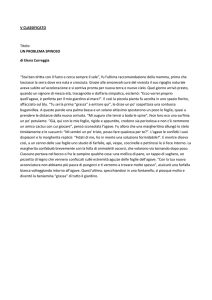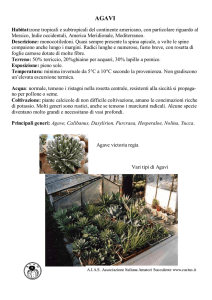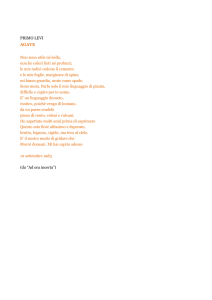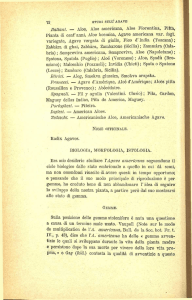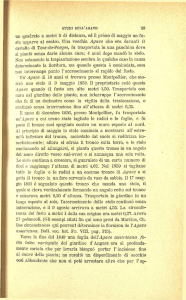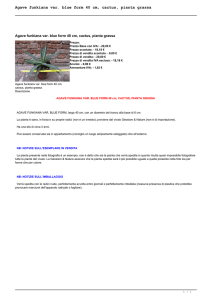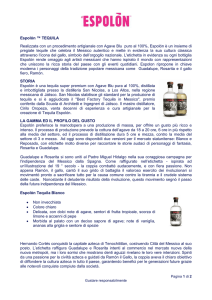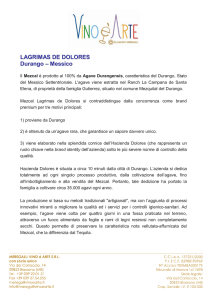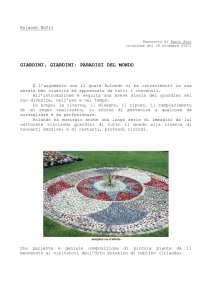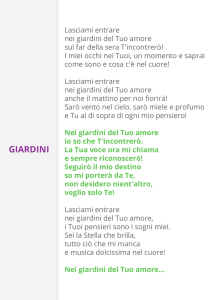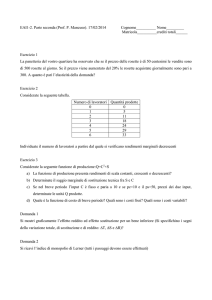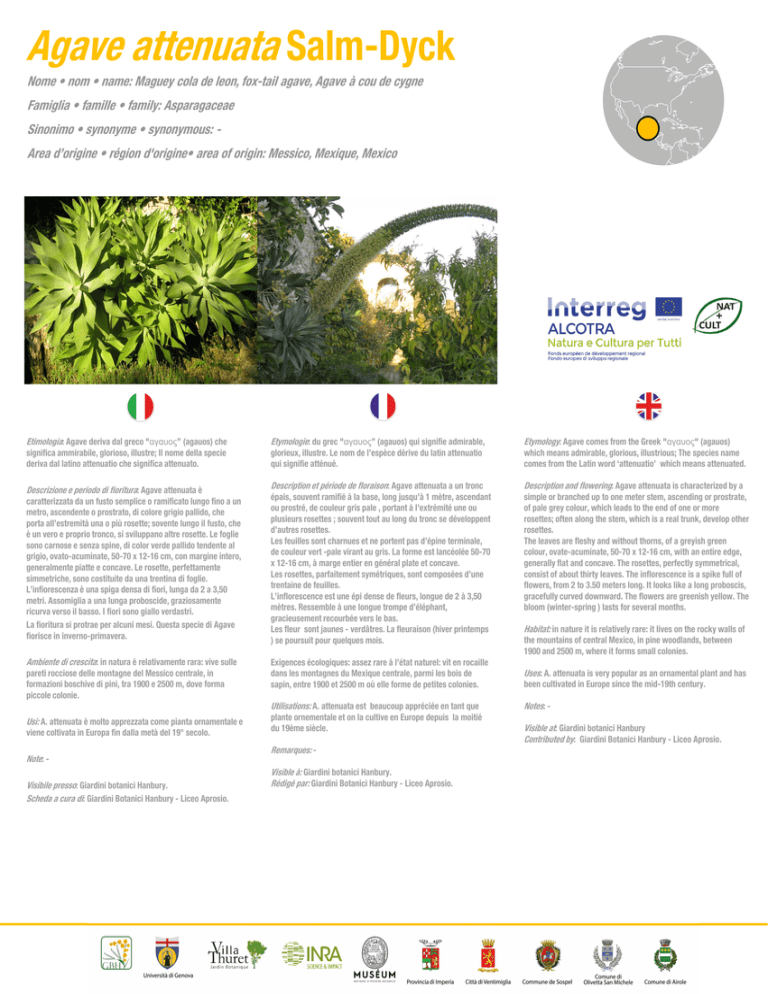
Agave attenuata Salm-Dyck
Nome • nom • name: Maguey cola de leon, fox-tail agave, Agave à cou de cygne
Famiglia • famille • family: Asparagaceae
Sinonimo • synonyme • synonymous: Area d’origine • région d'origine• area of origin: Messico, Mexique, Mexico
Etimologia: Agave deriva dal greco "αγαυος” (agauos) che
significa ammirabile, glorioso, illustre; Il nome della specie
deriva dal latino attenuatio che significa attenuato.
Etymologie: du grec "αγαυος” (agauos) qui signifie admirable,
glorieux, illustre. Le nom de l’espèce dérive du latin attenuatio
qui signifie atténué.
Etymology: Agave comes from the Greek "αγαυος" (agauos)
which means admirable, glorious, illustrious; The species name
comes from the Latin word ‘attenuatio’ which means attenuated.
Descrizione e periodo di fioritura: Agave attenuata è
Description et période de floraison: Agave attenuata a un tronc
épais, souvent ramifié à la base, long jusqu’à 1 mètre, ascendant
ou prostré, de couleur gris pale , portant à l’extrémité une ou
plusieurs rosettes ; souvent tout au long du tronc se développent
d’autres rosettes.
Les feuilles sont charnues et ne portent pas d’épine terminale,
de couleur vert -pale virant au gris. La forme est lancéolée 50-70
x 12-16 cm, à marge entier en général plate et concave.
Les rosettes, parfaitement symétriques, sont composées d’une
trentaine de feuilles.
L’inflorescence est une épi dense de fleurs, longue de 2 à 3,50
mètres. Ressemble à une longue trompe d’éléphant,
gracieusement recourbée vers le bas.
Les fleur sont jaunes - verdâtres. La fleuraison (hiver printemps
) se poursuit pour quelques mois.
Description and flowering: Agave attenuata is characterized by a
caratterizzata da un fusto semplice o ramificato lungo fino a un
metro, ascendente o prostrato, di colore grigio pallido, che
porta all’estremità una o più rosette; sovente lungo il fusto, che
è un vero e proprio tronco, si sviluppano altre rosette. Le foglie
sono carnose e senza spine, di color verde pallido tendente al
grigio, ovato-acuminate, 50-70 x 12-16 cm, con margine intero,
generalmente piatte e concave. Le rosette, perfettamente
simmetriche, sono costituite da una trentina di foglie.
L’infiorescenza è una spiga densa di fiori, lunga da 2 a 3,50
metri. Assomiglia a una lunga proboscide, graziosamente
ricurva verso il basso. I fiori sono giallo verdastri.
La fioritura si protrae per alcuni mesi. Questa specie di Agave
fiorisce in inverno-primavera.
Ambiente di crescita: in natura è relativamente rara: vive sulle
pareti rocciose delle montagne del Messico centrale, in
formazioni boschive di pini, tra 1900 e 2500 m, dove forma
piccole colonie.
Usi: A. attenuata è molto apprezzata come pianta ornamentale e
viene coltivata in Europa fin dalla metà del 19° secolo.
Note: Visibile presso: Giardini botanici Hanbury.
Scheda a cura di: Giardini Botanici Hanbury - Liceo Aprosio.
simple or branched up to one meter stem, ascending or prostrate,
of pale grey colour, which leads to the end of one or more
rosettes; often along the stem, which is a real trunk, develop other
rosettes.
The leaves are fleshy and without thorns, of a greyish green
colour, ovate-acuminate, 50-70 x 12-16 cm, with an entire edge,
generally flat and concave. The rosettes, perfectly symmetrical,
consist of about thirty leaves. The inflorescence is a spike full of
flowers, from 2 to 3.50 meters long. It looks like a long proboscis,
gracefully curved downward. The flowers are greenish yellow. The
bloom (winter-spring ) lasts for several months.
Habitat: in nature it is relatively rare: it lives on the rocky walls of
the mountains of central Mexico, in pine woodlands, between
1900 and 2500 m, where it forms small colonies.
Exigences écologiques: assez rare à l’état naturel: vit en rocaille
dans les montagnes du Mexique centrale, parmi les bois de
sapin, entre 1900 et 2500 m où elle forme de petites colonies.
Uses: A. attenuata is very popular as an ornamental plant and has
Utilisations: A. attenuata est beaucoup appréciée en tant que
Notes: -
plante ornementale et on la cultive en Europe depuis la moitié
du 19ème siècle.
Remarques: Visible à: Giardini botanici Hanbury.
Rédigé par: Giardini Botanici Hanbury - Liceo Aprosio.
been cultivated in Europe since the mid-19th century.
Visible at: Giardini botanici Hanbury
Contributed by: Giardini Botanici Hanbury - Liceo Aprosio.

